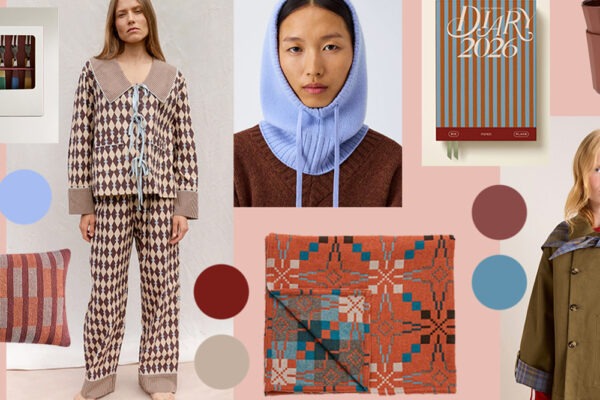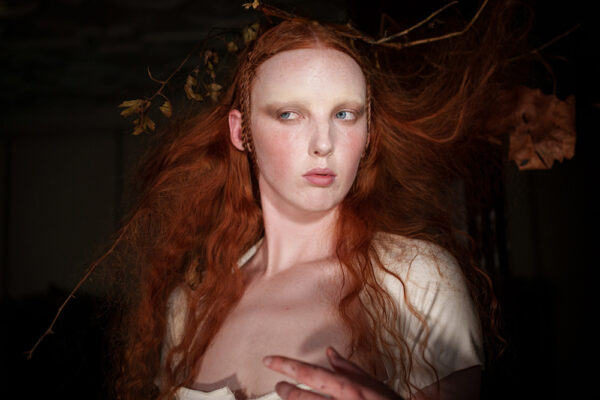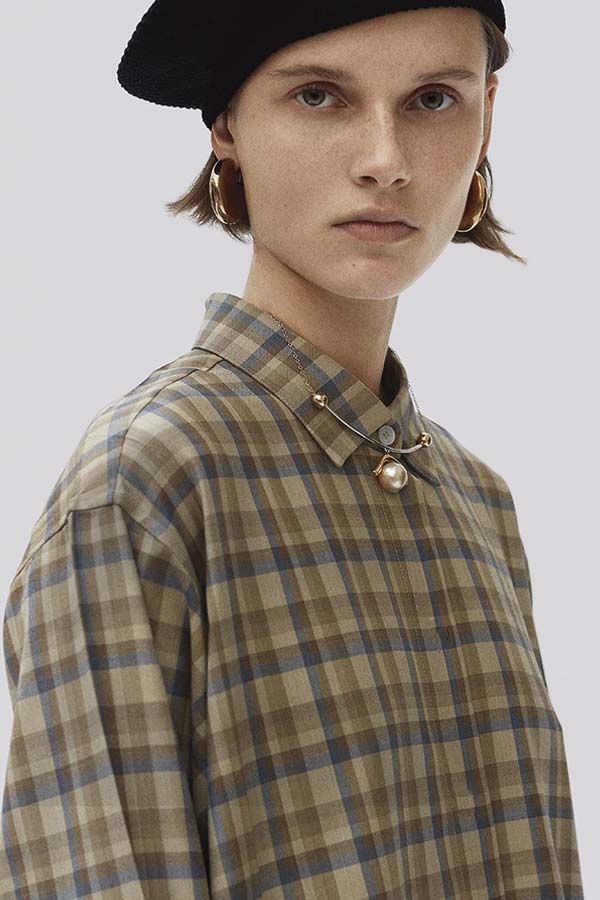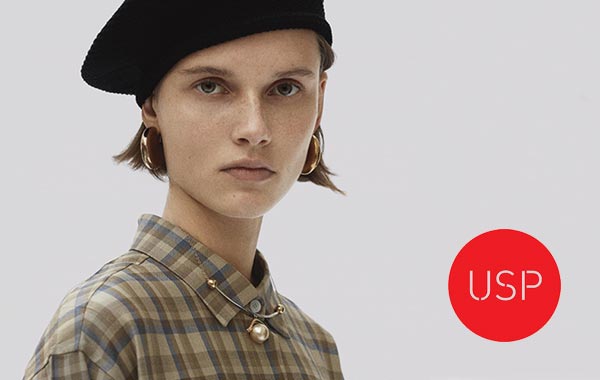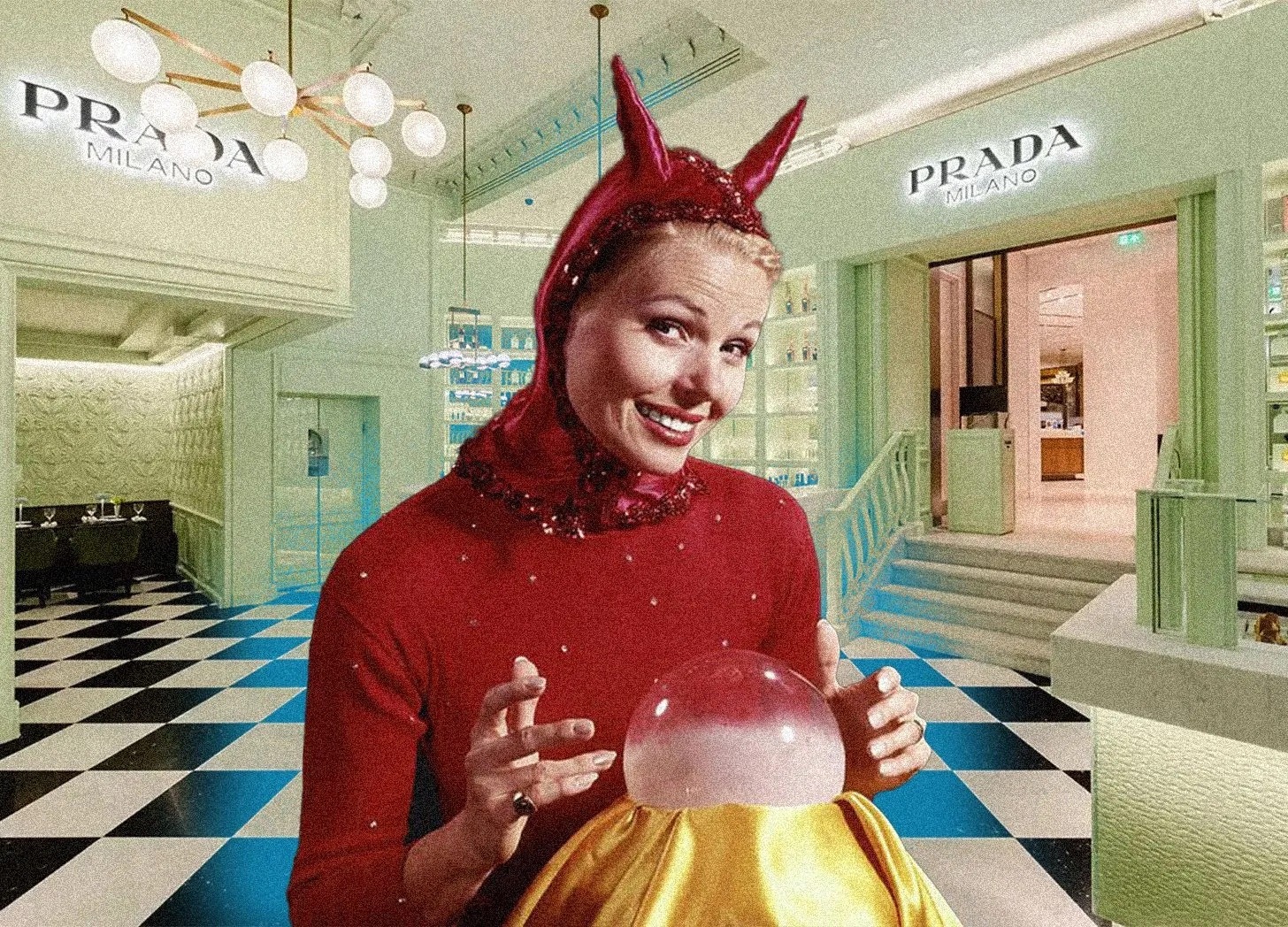
A recent post on Instagram from the UK’s leading global fashion education platform and creative network @1granary posed the question, “Trend Forecasting: Science, scam or self fulfilling prophecy?”
“At the AW24 menswear shows, a strangely specific colour palette began cropping up everywhere: rancid greens, zesty yellows, and royal purples appeared across collections from Prada and Martine Rose to Dior and Hermès. Despite fashion’s long history of shared references, this particular palette felt unusually synchronised, as if someone had briefed them all. For an industry that thrives on individuality, the sudden consistency in colour choices felt less like coincidence, more like coordination. The likely source? Professional trend forecasters. Agencies like WGSN and The Future Laboratory make their business by predicting consumer desires before they surface. While trends often appear to emerge organically from culture, in reality, many are seeded by these agencies, then filtered through brand strategy and product design. In our latest piece, we spoke to multiple trend forecasters, from agency insiders to freelancers, to understand what goes on behind the scenes of fashion’s prediction machine, posing the questions “what do trend forecasters do?”
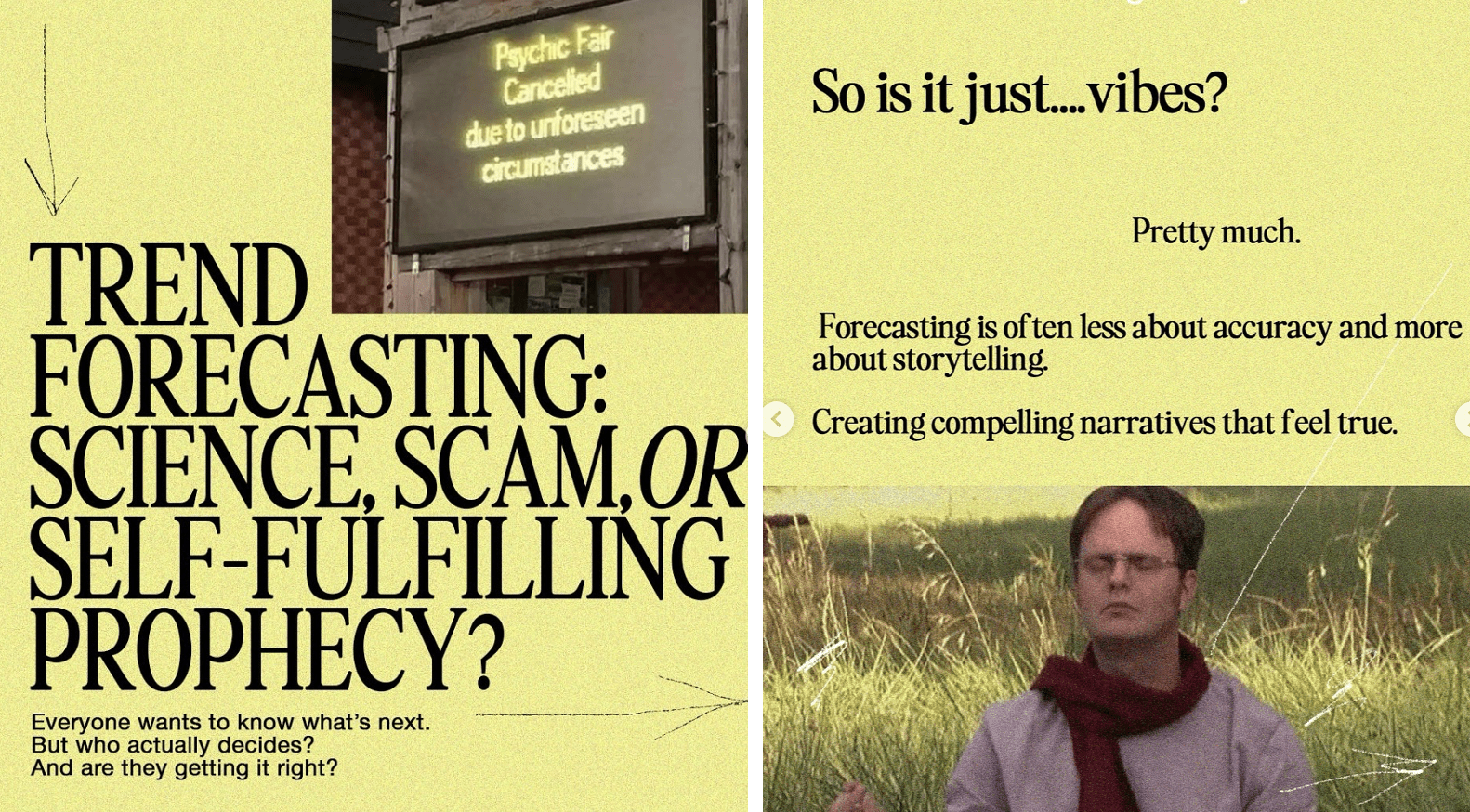
@1granary Instagram
Tell someone at a dinner party that you’re a trend forecaster, and you’ll either get a flood of questions or a blank stare. As my son once bluntly put it when asked what his mum did: “She makes shit up for a living.” Brutal, maybe. But there’s an element of truth. Yes, we observe what’s happening in the world, but translating those observations into relevant, future-facing strategies for brands requires skill, cultural fluency and experience.
As 1 Granary noted on their Substack, forecasting isn’t about mystically predicting the future. It’s about identifying and interpreting signals – social, cultural and creative – to anticipate change.
When we talk to potential clients about the role of forecasting, we emphasise how it supports brands to:
-
Inspire creativity and spark innovation
-
Provide a distilled, focused view of current and future trends
-
Validate and expand their own strategic thinking
-
Stay future-facing while tracking the evolution of ongoing movements
-
Foster cross-disciplinary conversations
-
Create new product opportunities
-
Reduce risk and maintain competitive edge
In today’s landscape, social media and viral TikTok trends have led to a rise in amateur “trend forecasters.” Personally, I think of them more as trend reporters – great at identifying what’s happening now, but not necessarily equipped to explore its future implications. AI tools, too, are brilliant at analysing the past to understand future possibilities, but they often lack the contextual understanding of consumer psychology, cultural nuance, brand positioning, and the life cycle of emerging ideas.
Some of the professionals Granary 1 spoke to were refreshingly honest about the limitations of data. Senior forecaster Lauren said:
“You’re definitely ignoring like 50% of the data… but all data is pretty pointless anyway. It’s usually sponsored by a business with vested interests, and based on a pool of 1,300 people in Dakota or something. It’s more to reassure the client than actually guide the work.”
So how do we build forecasts that empower brands to take creative risks while staying commercially viable?
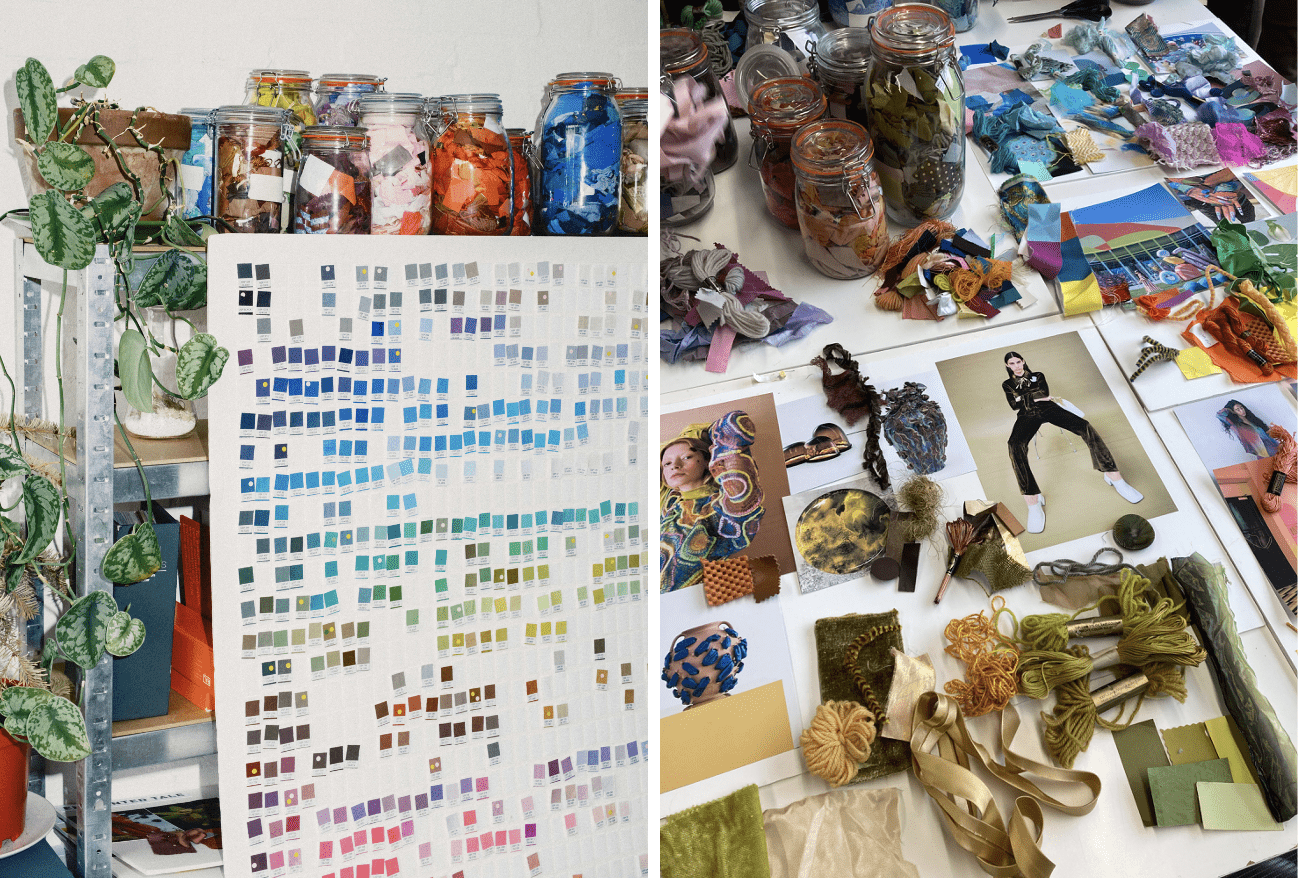
The USP Colour Process
A key area of importance is colour. For most brands, choosing seasonal colour is a major investment – so accuracy matters. We start by exploring the Cultural Drivers behind emerging ideas. Our research looks at:
LIFESTYLE
Demographics, economic shifts, consumer mindsets, health, wellness, science, and tech.
INFLUENCERS
Designers, make-up artists, stylists, celebrities, social media voices, niche brands, and style tribes.
CULTURE
Art, exhibitions, film, music, major events, and creative digital trends.
RETAIL
Innovative fashion, beauty, food, and lifestyle concepts—online and in-store.
FASHION & BEAUTY
Runways, campaigns, editorials, digital marketing, and pioneering brands or products.
We analyse our research, look at history, identify emerging patterns and trust our instinct and experience to bring together digestible information, illustrated with exciting and original visuals that tell a story. Communicating our ideas in an inspiring and relatable way is key to giving our clients confidence to innovate and move forward.
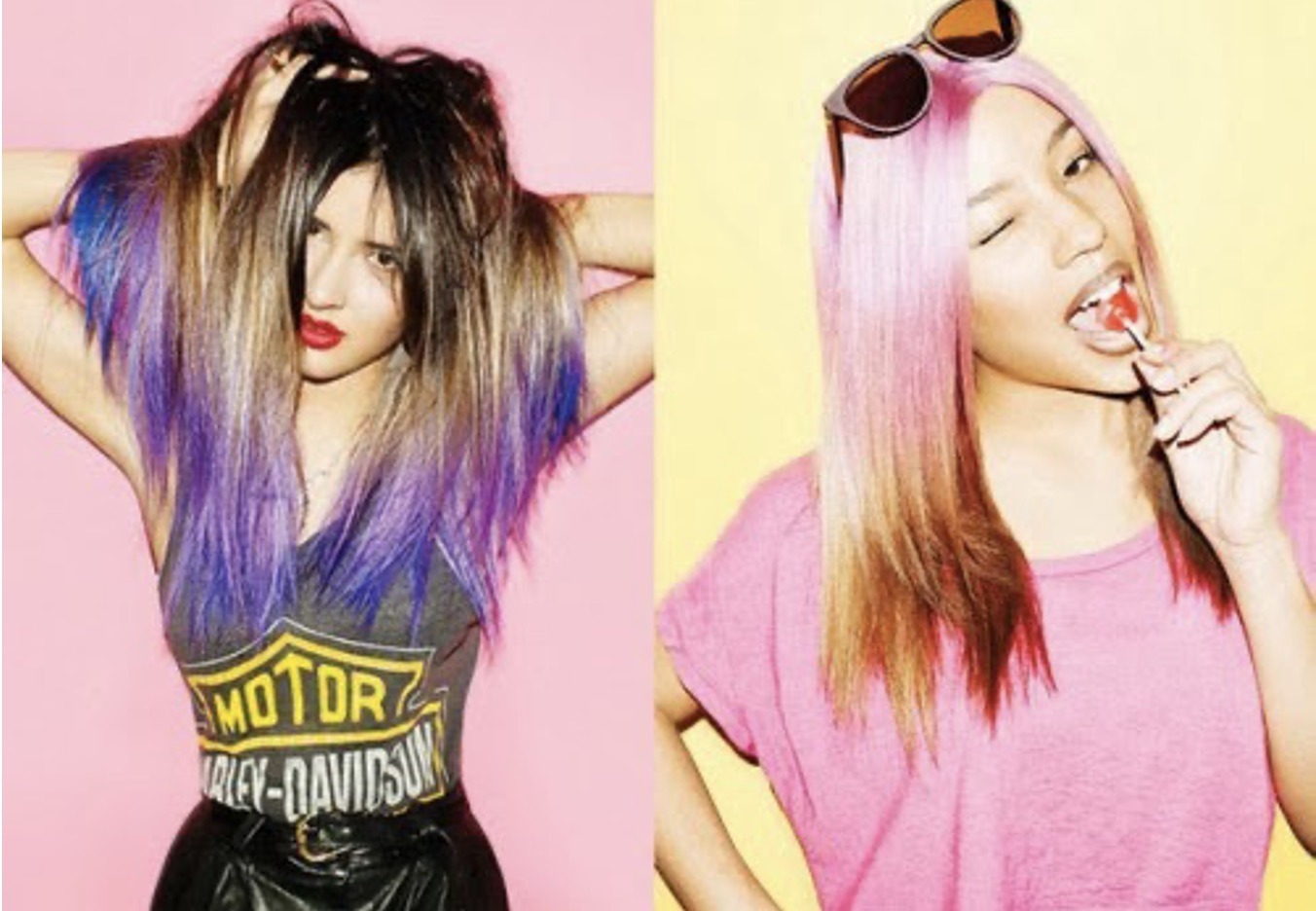
Bleach London
A good example of colour evolution is pink. Starting as a dip-dye at East London hipster hair salon Bleach London around 2010, pink gradually entered the mainstream, eventually becoming a staple. Over the past 15 years, it’s shifted from niche to essential, giving rise to the term ‘Millennial Pink’ – and it shows no signs of disappearing.
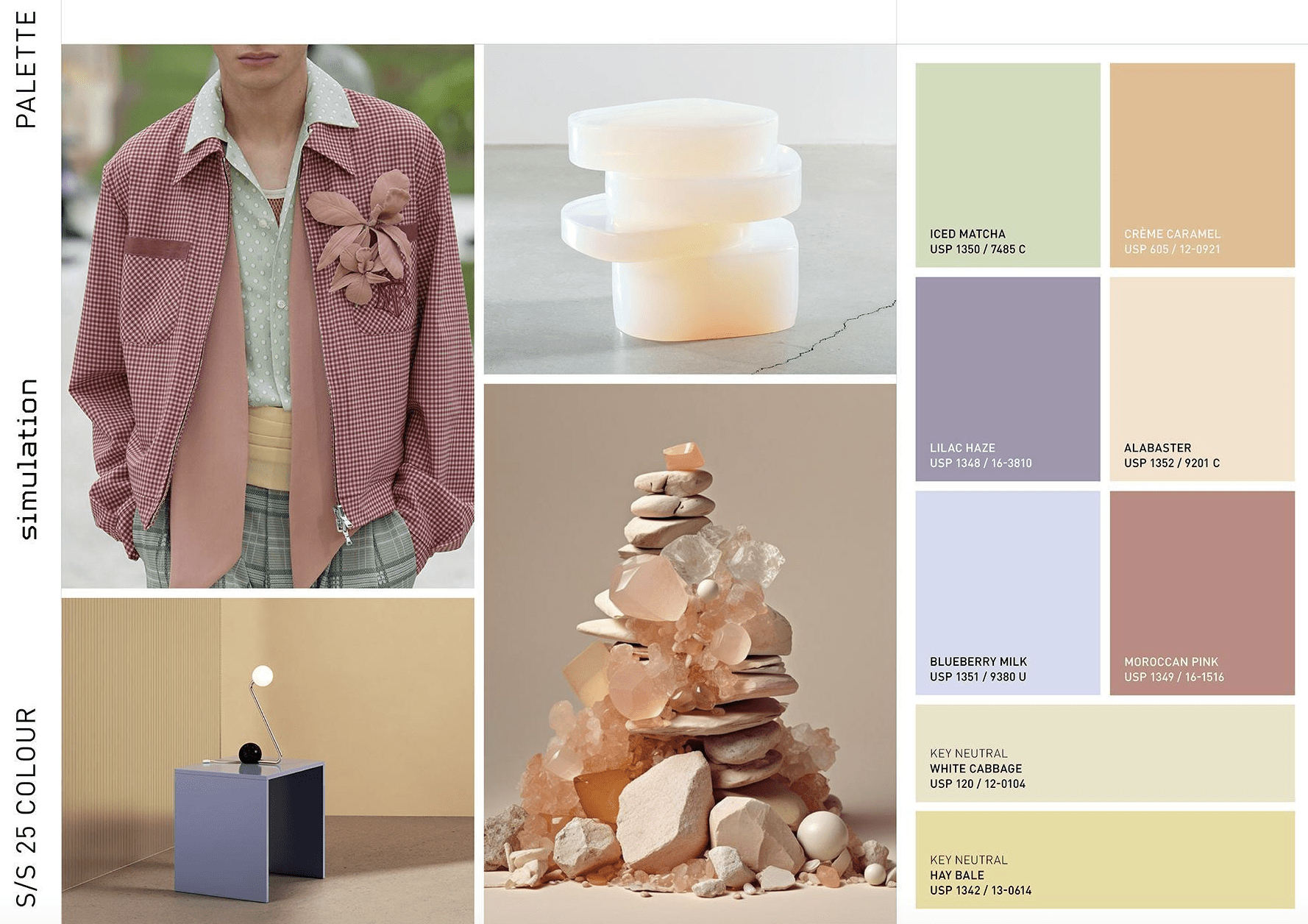
USP S/S25 Colour Forecast
But news flash, move over pink there’s a new kid in town and we think it has the potential to stay the course. Butter Yellow (or Hay Bale in USP colour terminology) has emerged as a key colour for Spring/Summer 25 and looks set to continue well into A/W and beyond.

USP S/S 25 Key Colour
From catwalk to high street, interiors and paint, sports and basics, yellow is the colour everyone is talking about. Pretty but not too girlie, colourful but not too bright and soft but not too insipid, it works with everything and could almost be used as a neutral.
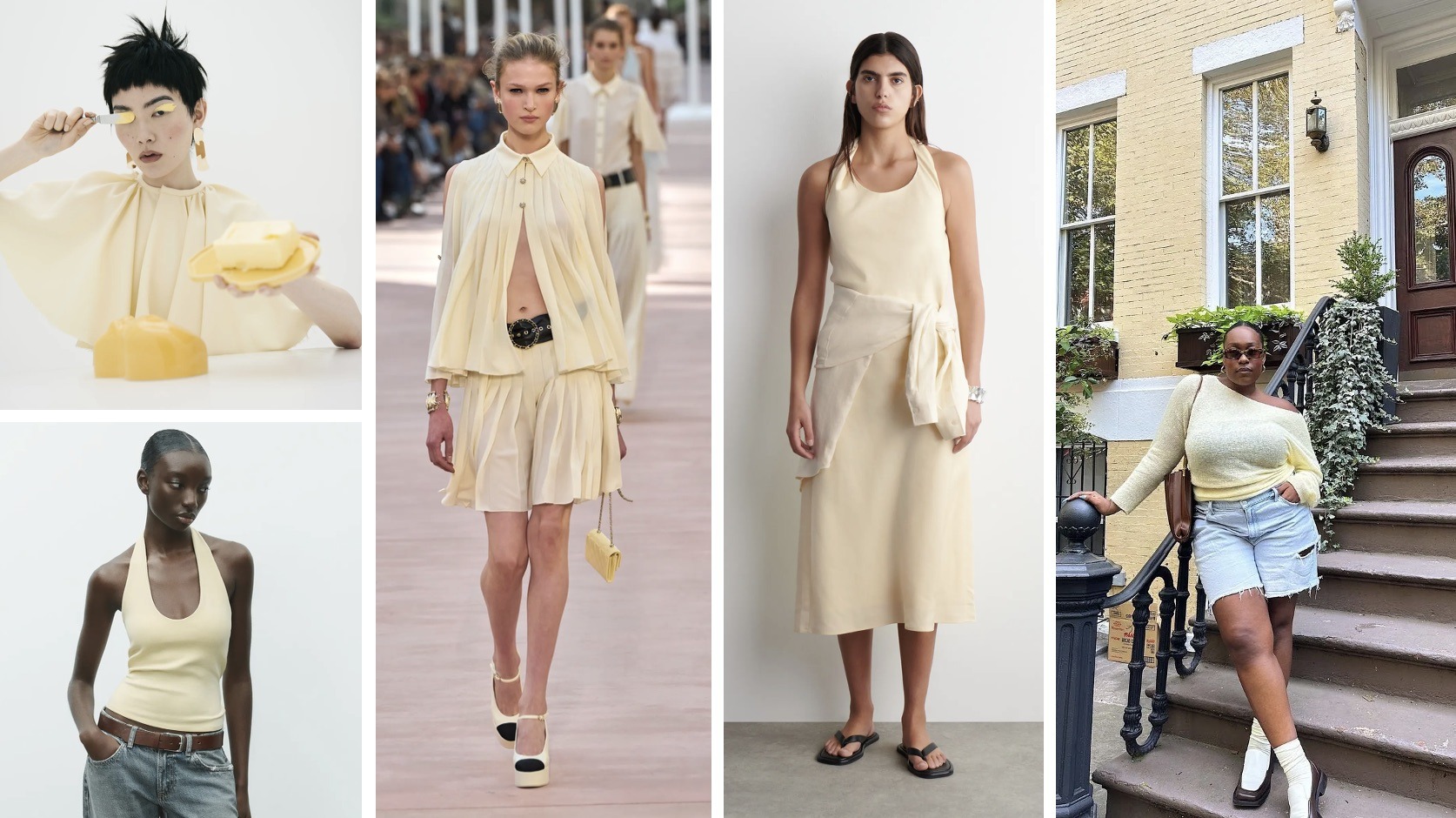
Butter yellow fashion
Observing colour from a niche concept to global saturation and telling a story around it, is what we do, because forecasting isn’t just about seeing what’s next. It’s about understanding how ideas evolves and knowing why they matter. And I’m here to tell you – yellow is here to stay. IYKYK.


